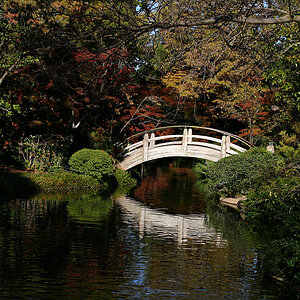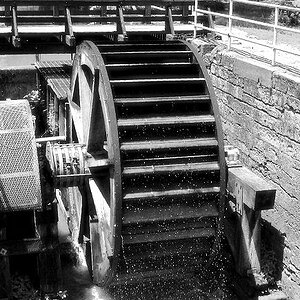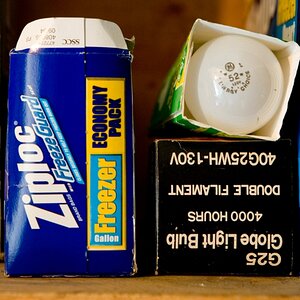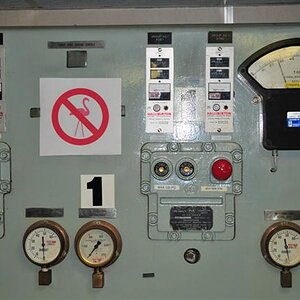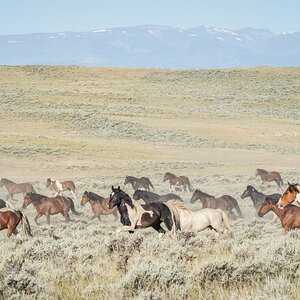- Joined
- Apr 9, 2009
- Messages
- 41,401
- Reaction score
- 5,706
- Location
- Iowa
- Website
- kharrodphotography.blogspot.com
- Can others edit my Photos
- Photos OK to edit
No one makes a camera that can "capture images true to what my eye sees".
Simply because a camera does not work like our eyes do and a photo only has 2 dimensions.
Polarizing filters are limited.
A polarizing filter will add the most saturation to blues and greens, but not much to 'golden hour' sunset colors.
But for the effect to be even across the entire image frame the angle of the sun to the lens long axis needs to be 90°, and the sun can't be more than about 30° above the horizon. So to get that nice deep blue color and white clouds in the sky you need to shoot in the morning or in the evening before the sun gets up in the sky.
'Protection' filters are not something you need.
In fact, many 'protection' filters cause more problems than they solve. Inexpensive 'protection' filters usually cause the most problems.
Problems like focus softness, Newton's Rings, lens flare, and when they break the sharp shards of broken glass are often driven back into the lens element scratching the lens element they were intended to 'protect'.
Cheap filters often have aluminum bodies. Many lenses have steel filter threads. Aluminum that is in constant contact with steel often corrodes by the process of electrolysis which can making removal of a cheap filter difficult.
Get filters better made (more expensive) that have a brass body. Brass does not react with steel like aluminum does.
Simply because a camera does not work like our eyes do and a photo only has 2 dimensions.
Polarizing filters are limited.
A polarizing filter will add the most saturation to blues and greens, but not much to 'golden hour' sunset colors.
But for the effect to be even across the entire image frame the angle of the sun to the lens long axis needs to be 90°, and the sun can't be more than about 30° above the horizon. So to get that nice deep blue color and white clouds in the sky you need to shoot in the morning or in the evening before the sun gets up in the sky.
'Protection' filters are not something you need.
In fact, many 'protection' filters cause more problems than they solve. Inexpensive 'protection' filters usually cause the most problems.
Problems like focus softness, Newton's Rings, lens flare, and when they break the sharp shards of broken glass are often driven back into the lens element scratching the lens element they were intended to 'protect'.
Cheap filters often have aluminum bodies. Many lenses have steel filter threads. Aluminum that is in constant contact with steel often corrodes by the process of electrolysis which can making removal of a cheap filter difficult.
Get filters better made (more expensive) that have a brass body. Brass does not react with steel like aluminum does.



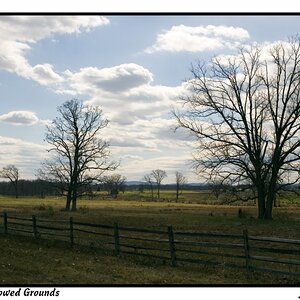
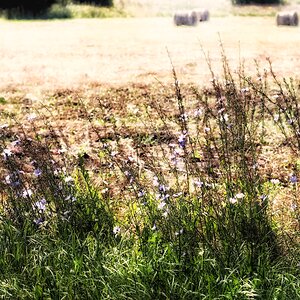

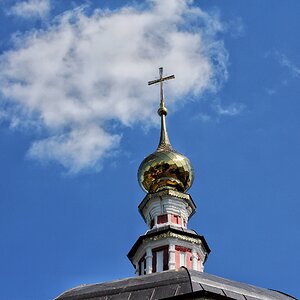
![[No title]](/data/xfmg/thumbnail/31/31754-af76ae89cc75bd1855937374ff359efe.jpg?1619734992)

